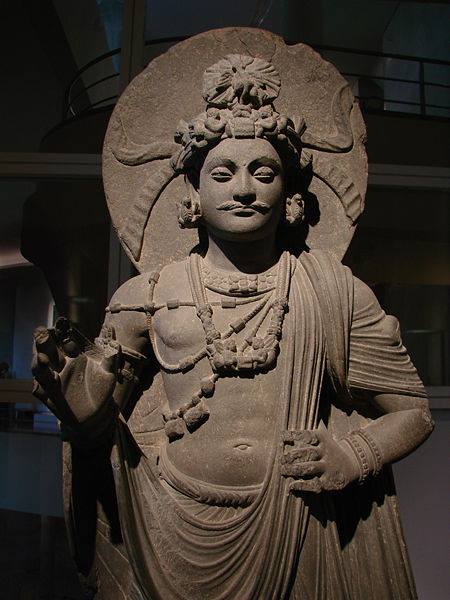
Why do the Burmese name their eras after the Sakas?
Burmese refer to eras as thekkarit (သက္ကရာဇ်) which is from the Indian saka-raj. Saka-raj simply means the "Saka king". The Sakas or Indo-Scythians were a central Asian people who dominated parts of what are today Pakistan and northern India around 2,000 years ago. The Sakas were related to steppe peoples known collectively to the ancient Greeks as Scythians. They were also heavily influenced by the culture of Greco-Indian kings who preceded them. Their most famous king was the great Buddhist ruler Kanishka. He is the maha saka-raj (မဟာသက္ကရာဇ) and the Maha Saka-raj is his era (beginning 78AD). A jewelled casket belonging to King Kanishka and containing bone fragments of the Buddha are on display at the foot of Mandalay Hill. The image is a Gandhara Boddhisattva statue from around King Kanishka's time.
The Burmese Era or koja saka-raj (ကောဇာသက္ကရာဇ်, beginning 638 AD) was adopted in the times of Bagan kingdom (9th to 13th century) and was spread across today's Myanmar, Thailand, Laos and Cambodia through the 19th century. In Thailand it's known as the small or chula saka-raj. In this way, saka-raj went from referring to a specific era based on the specific Saka king Kanishka, to any era.